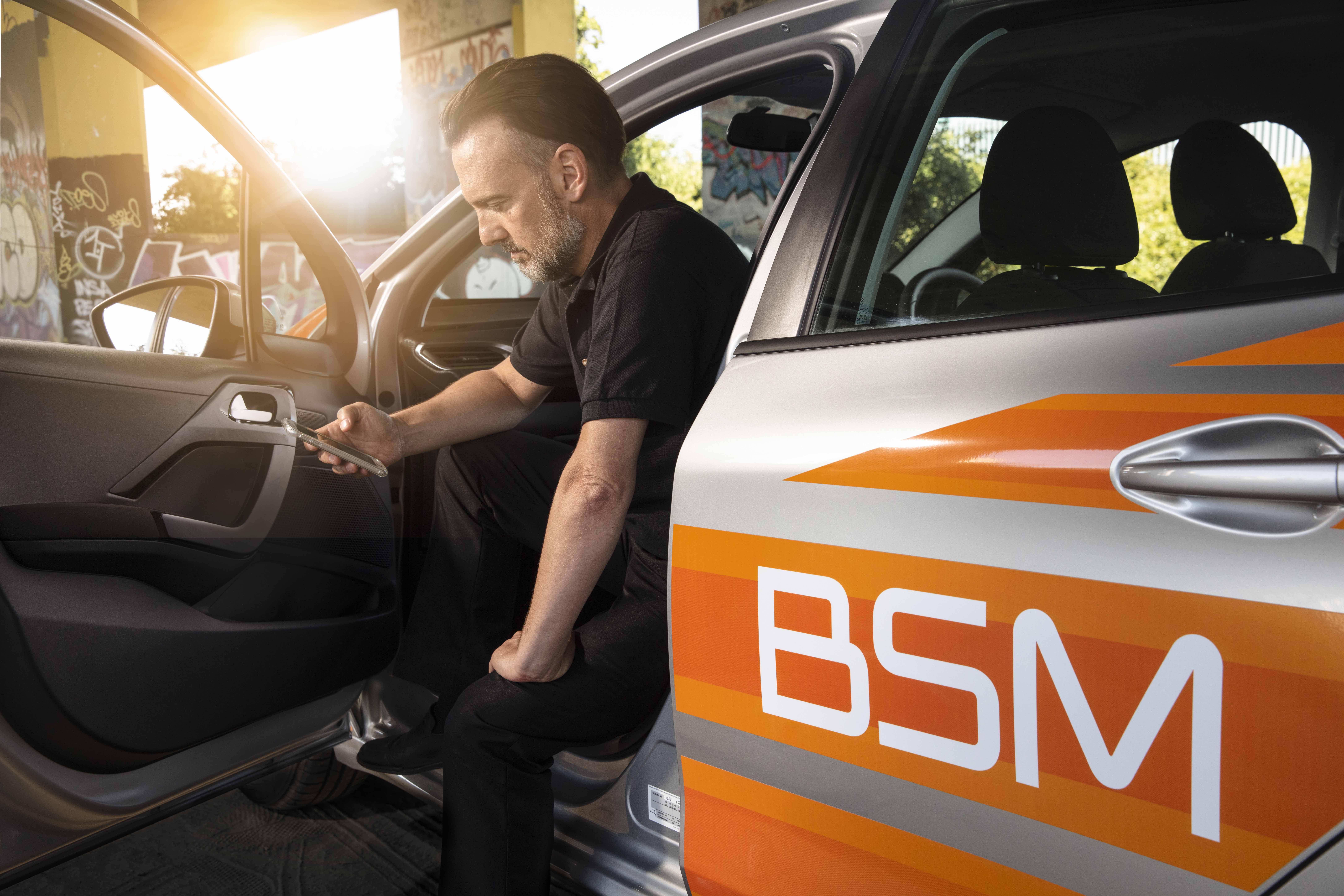How much do driving instructors earn?
Average ADI
earnings

How much do driving instructors earn?
Guide to driving instructor earnings
Being a driving instructor is potentially a lucrative career. Of course, that’s not the only advantage. But if you’re thinking of becoming a driving instructor, it’s worth knowing what you could earn. So hopefully you’ll be pleased to learn that – if you’re dedicated – it can be a really rewarding job, both for the mind and the bank balance.
Perhaps you’re considering becoming an approved driving instructor (ADI). Or maybe you’re wondering how much you might make as a potential driving instructor (PDI) trainee. Well, here’s everything you need to know about your potential earnings.
How much does a driving instructor make per hour?
On average, an ADI in the UK makes between £24 and £25 an hour. Obviously this varies depending on a few factors. For example, many instructors offer introductory lessons at a reduced rate. Although they make less on these, it’s often worth doing to attract and retain students. Being under a brand, such as BSM often means you can demand more per hour.
Also, you’re likely to charge more per hour if you live somewhere with a higher cost of living. If you teach in London, for instance, charging more than £24 an hour will be expected, an average of £27+ is common in higher cost of living areas.
How many hours should I be working as a driving instructor?
That’s up to you. You’ll need to do your sums and calculate what works best for you. If you’re prepared to do long hours, you could make a lot more – but you should avoid doing this if you want to strike the right work-life balance.
How much will I earn for working a 35-hour week?
If you work a 35-hour week on average for 48 weeks a year, and charge £24 per hour, then you’ll make a £40,320 net income. This is obviously before overheads and deductions, but should give you a rough idea.
What are the overheads?
As a driving instructor, your car is essentially your office. So your main overheads are the cost of running the car, fuel, and the car itself. You’ll need to factor in insurance, vehicle excise duty (VED) if you have to pay it, maintenance and repairs. It might be worth considering leasing a car if you’d like to make life a bit easier, and consolidate these costs. With a full franchise, all vehicle repair and maintenance costs are covered, so its something that you don't have to worry about. It's worth remembering if you car is off the road for any reason, you cant earn money so getting a replacement vehicle as quick as possible is key to keeping your business running. BSM offer a 24 hour replacement service to all franchisees to keep their business on the road to reduce any impact of car related issues.
How can I increase my earnings as a driving instructor?
Earning more as a driving instructor isn’t just about charging more per hour, or shooting for the moon and working every last hour you can. You should be able to increase your income by employing a few smart practices.
First, manage your diary well. Try to book two-hour lessons rather than one, and don’t leave long gaps between lessons. It’s better if you can keep gaps down to about 20-30 minutes.
Second, think about the locations of your lessons. If you can manage it so you don’t have to drive too far between lessons, then you can make more efficient use of your time.
Third, unless it can’t be helped, don’t cancel lessons. You need to be as reliable as possible. If you do have to cancel, do it in good time, and arrange an alternative lesson with your pupil as soon as you can.
Fourth, it’s not just you that needs to be reliable – you need a reliable car too. If your vehicle is constantly off-road and in for repair, your earnings will suffer.
Finally, you need to be disciplined and dedicated. Staying on top of your work means that you should be able to earn good money, without overworking yourself and potentially burning out.
One of the advantages of working for yourself is control over how you organise your time. There may be times you can fit in extra lessons, or other times you need to take a step back. With a bit of trial and error, you’ll be able to work out the rhythm that works best for you.